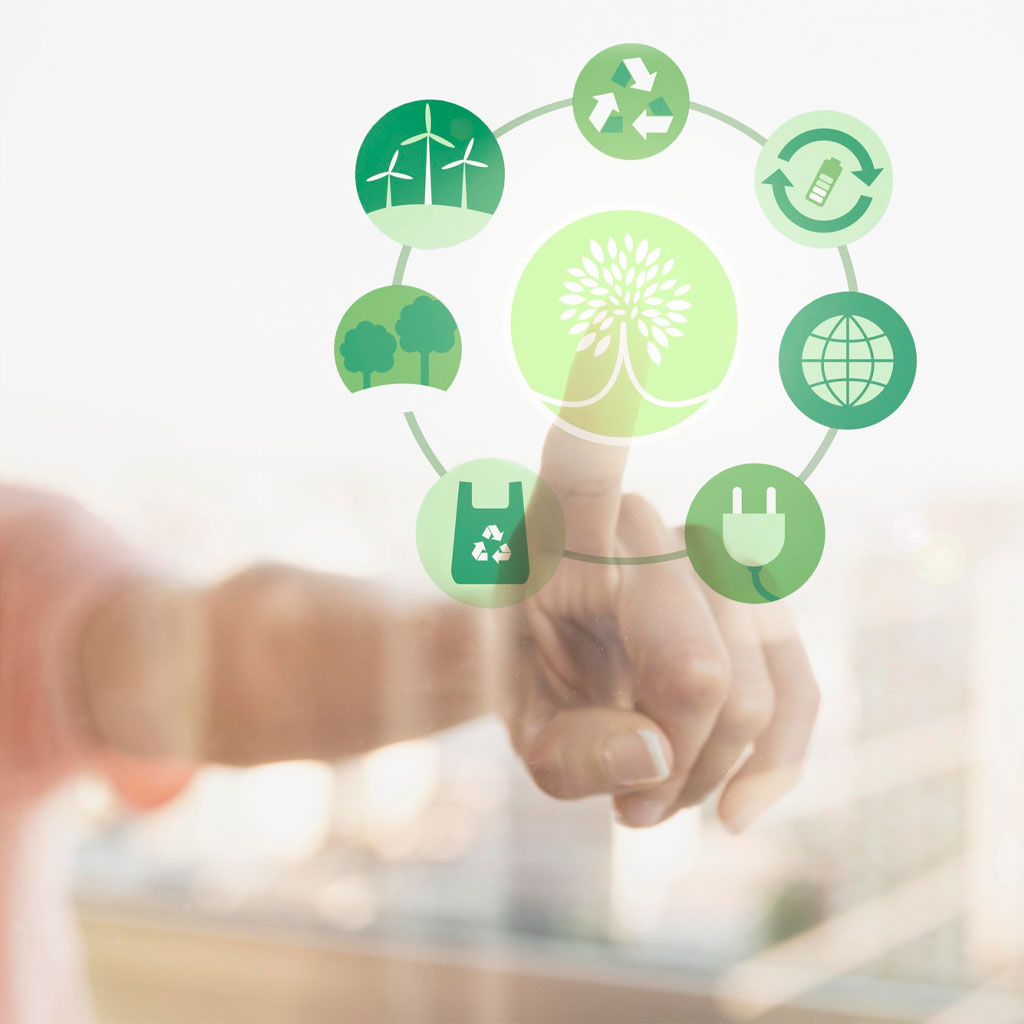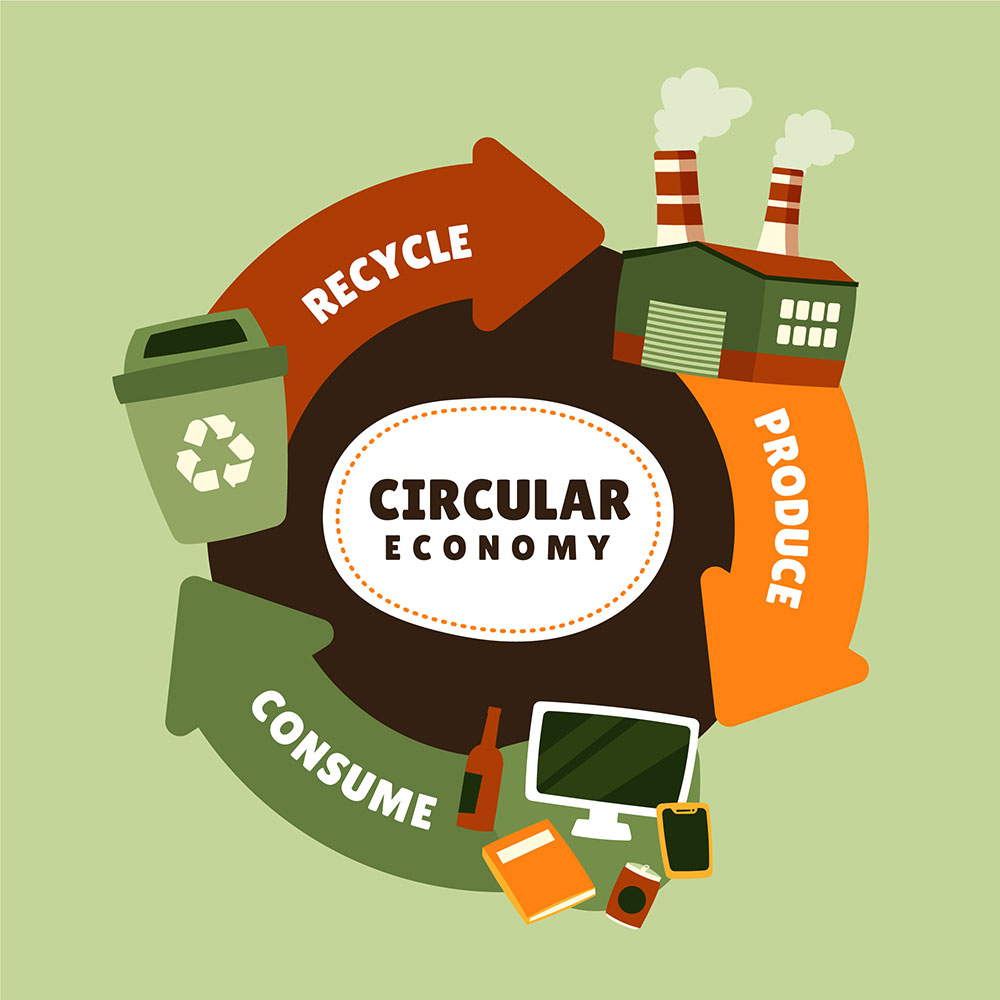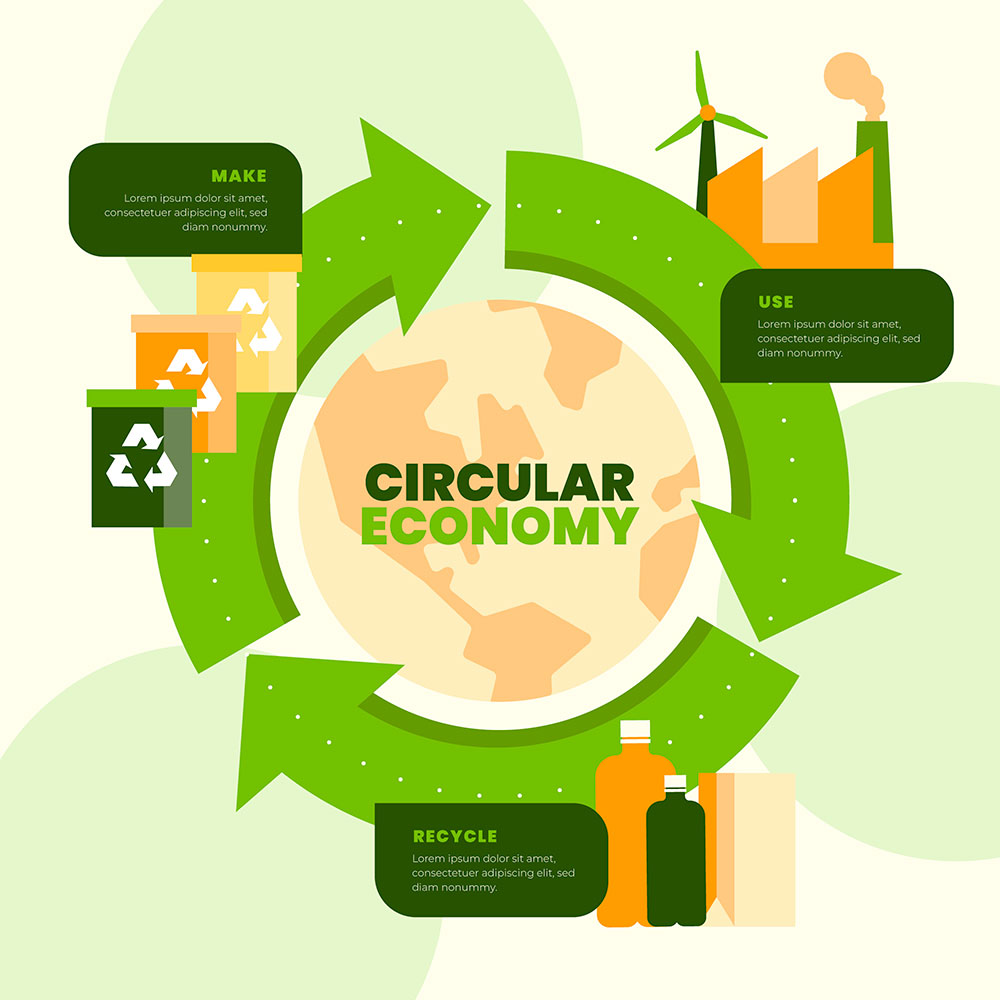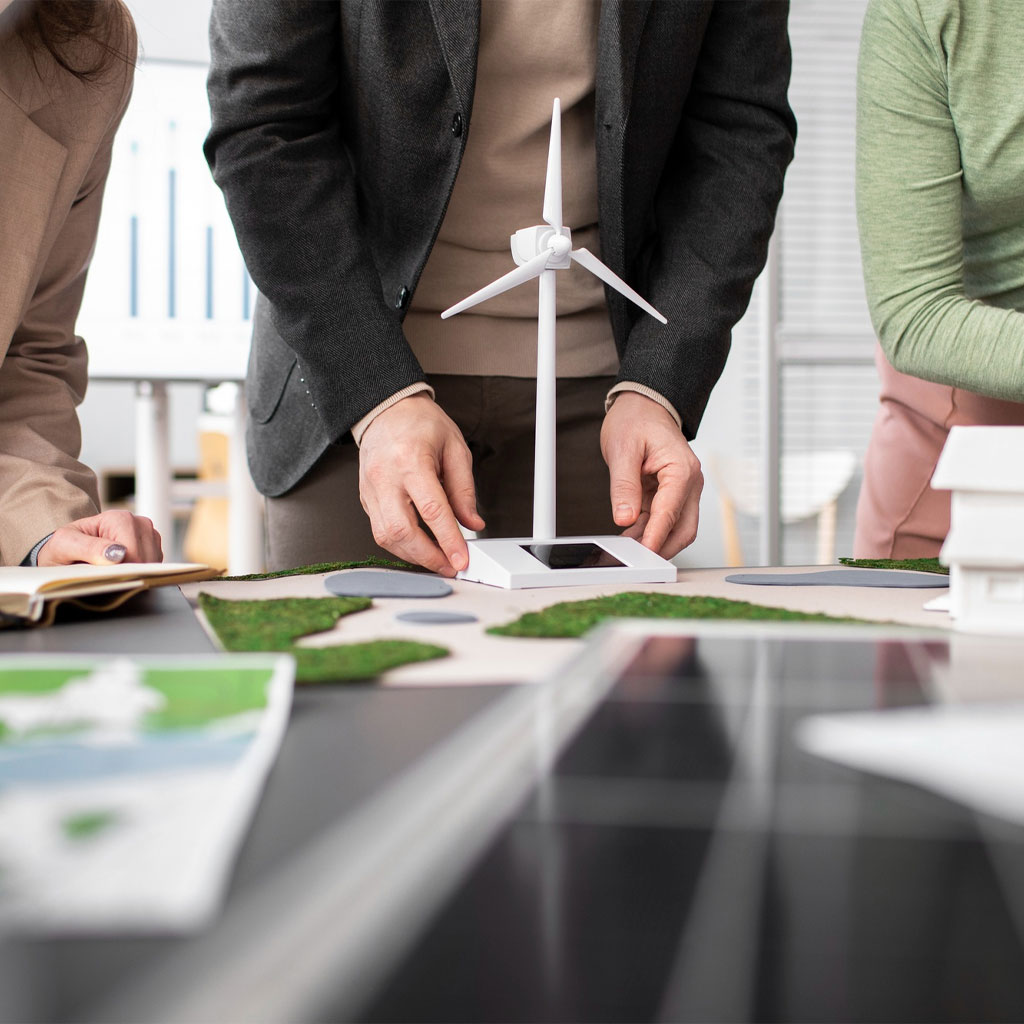
Circular Economy and Its Impact on Exports and Imports
Circular Economy and Its Impact on Exports and Imports
Introduction
In recent decades, the concept of circular economy has emerged as an innovative and sustainable approach to resource management and production. This economic model, unlike the traditional linear economy based on extraction, production, consumption, and disposal, emphasizes preserving the value of resources through reuse, recycling, and waste reduction. The importance of circular economy in international trade, especially in the fields of exports and imports, is increasing day by day. Leading countries in global trade strive to implement this model to reduce costs, create new markets, and decrease the environmental impacts of their activities. In this article, we will examine the concept of circular economy, its principles, and its impact on exports and imports.
Concept of Circular Economy and Its Difference from Linear Economy
The circular economy is an economic model focused on preserving the value of goods, materials, and resources for longer periods. Unlike the linear economy, which views production and consumption as a straight and finite process, the circular economy represents a cycle of production, consumption, recycling, and reuse that minimizes waste. In the linear economy, materials are discarded after use, but in the circular economy, these materials re-enter the production cycle.
This fundamental difference allows the circular economy to play a vital role in resource sustainability, pollution reduction, and economic efficiency improvement.
Key Principles of Circular Economy
 Design for Durability
Design for Durability
This principle involves designing products to have a longer lifespan and the possibility of repair and upgrading. This approach reduces the need for re-production and consumption of new resources.
Reuse and Recycling
One of the important principles of the circular economy is reusing products and recycling materials. Recycling helps valuable materials re-enter the production cycle and prevents resource wastage.
Waste Reduction
Waste reduction at all stages of production and consumption is the main goal of the circular economy. This effort not only helps preserve the environment but also reduces costs related to waste disposal and storage.
The Role of Circular Economy in Global Trade
The circular economy can create a major transformation in international trade. Exporting and importing countries can establish a more sustainable and efficient supply chain by adopting this model. Waste reduction and using recycled materials decrease production and transportation costs, and also enable access to new markets with special demands.
The circular economy also creates new opportunities for companies active in clean technology, recycled products, and maintenance services.
Impact of Circular Economy on Exports
Cost Reduction
Using recycled materials and designing durable products reduce production costs. This cost reduction enables offering more competitive goods in export markets.
Creating New Markets
Products aligned with circular economy principles especially in advanced and environmentally conscious countries find new markets. Exporting recycled goods, maintenance equipment, and green technologies can stimulate export growth.
Brand Image Improvement
Companies offering their products and services according to circular economy principles gain greater credibility in international markets. This credibility can help increase sales and access new markets.
Impact of Circular Economy on Imports
Supply Chain Changes
Importing countries can revise their supply chains by adopting the circular economy and prefer products with longer lifespans and recyclability. This change reduces import costs and waste.
New Demand for Recycled Products
With increasing awareness of sustainability importance, demand for recycled and eco-friendly products is rising in importing countries. This trend can encourage imports of specific goods produced based on circular economy principles.
Reducing Dependence on Primary Resources
The circular economy helps importers reduce their dependence on primary resources and achieve more sustainable and economical imports by using recycled materials and durable products.
Case Studies of Successful Countries and Companies
European Union
The European Union is one of the pioneers of the circular economy worldwide. Its policies focus on encouraging sustainable production and consumption, recycling, and reuse. This approach has made European companies successful in exporting eco-friendly goods and green technologies.
Japan
Japan, emphasizing resource optimization and waste reduction, has implemented the circular economy model in various industries. Exporting durable electronics and recyclable vehicles are examples of this country’s success.
Companies Active in Green Technology
Companies producing clean technologies, renewable energy, and recycled products are recognized as successful examples of the circular economy. These companies have accessed niche export markets and play an important role in sustainable global trade development.
 Challenges and Barriers to Implementing Circular Economy
Challenges and Barriers to Implementing Circular Economy
Implementing the circular economy comes with challenges. Some of the most important barriers include:
-
High initial costs for changing production processes
-
Need for education and cultural awareness among producers and consumers
-
Lack of suitable infrastructure for recycling and reuse
-
Insufficient or uncoordinated international laws and regulations
These challenges require international cooperation and government support.
Future of Circular Economy and Predictions
Given increasing concerns about climate change and natural resource limitations, the circular economy has become a primary priority for developed and developing countries. It is predicted that in coming decades, the share of this economic model in production and global trade will significantly increase, and export and import markets will be shaped based on sustainability principles.
Summary and Conclusion
The circular economy, with its sustainable and efficient approach, plays an important role in transforming international trade. This economic model reduces costs, creates new markets, and preserves natural resources. Exporting and importing countries that adapt themselves to this approach will have competitive advantages in global markets and contribute to sustainable development.
Frequently Asked Questions
What is Circular Economy?
The circular economy is an economic model focused on preserving resources, reuse, recycling, and waste reduction, unlike the linear economy.
How does Circular Economy affect exports?
This model reduces production costs, creates new markets, and improves brand image in export markets.
Can Circular Economy help reduce imports?
Yes, by using recycled materials and durable products, imports become more sustainable and economical.
What are the challenges in implementing Circular Economy?
High initial costs, need for education, lack of suitable infrastructure, and insufficient laws are among the main challenges.


